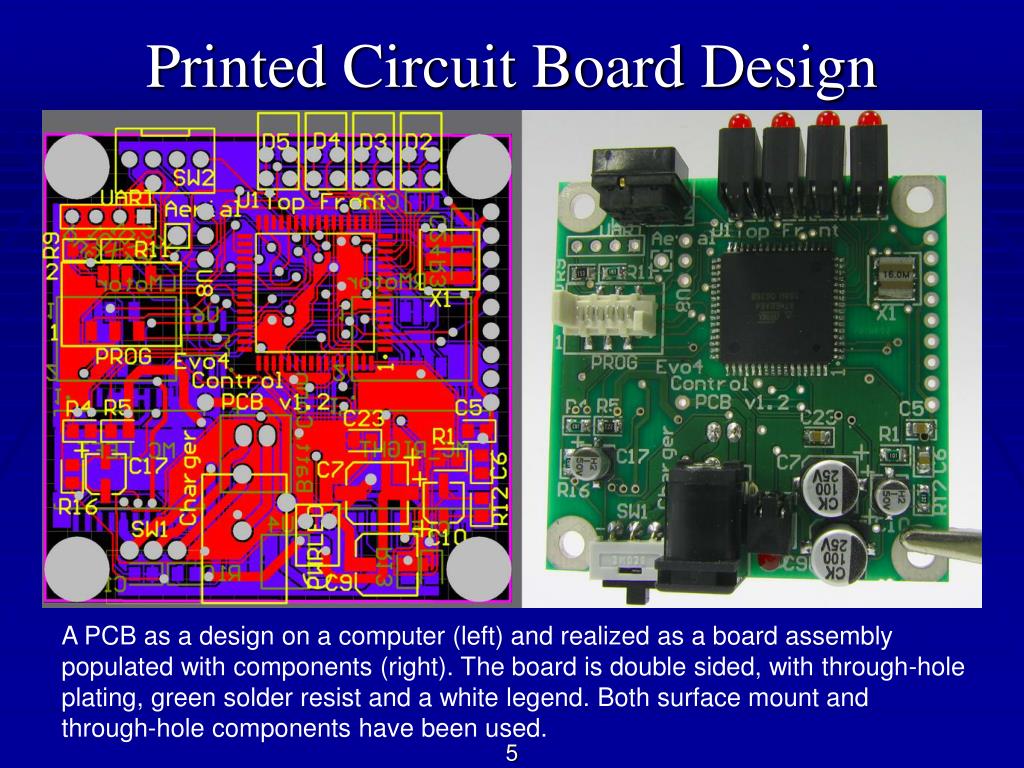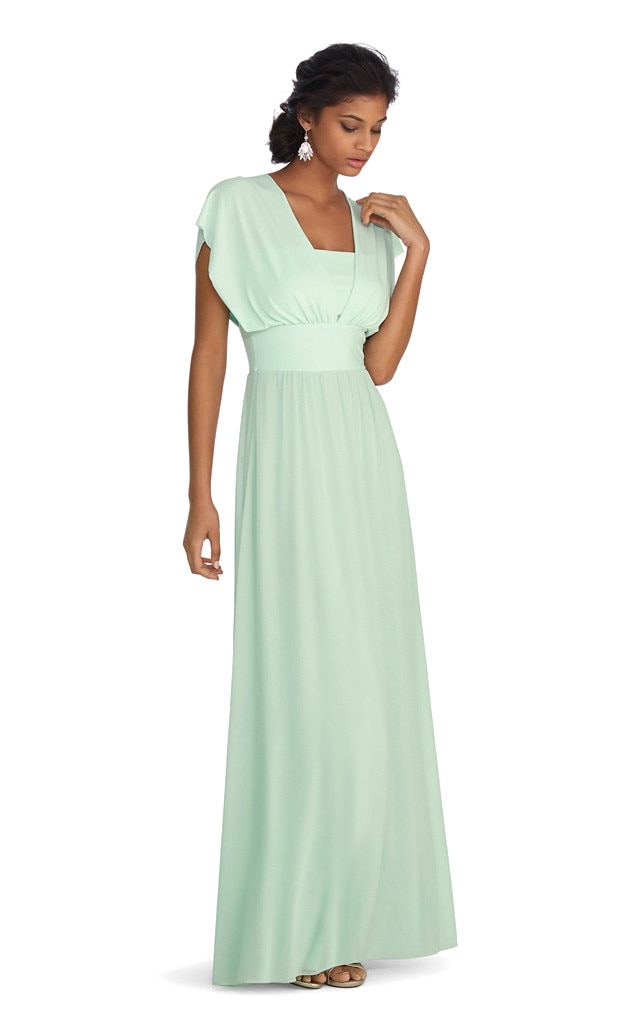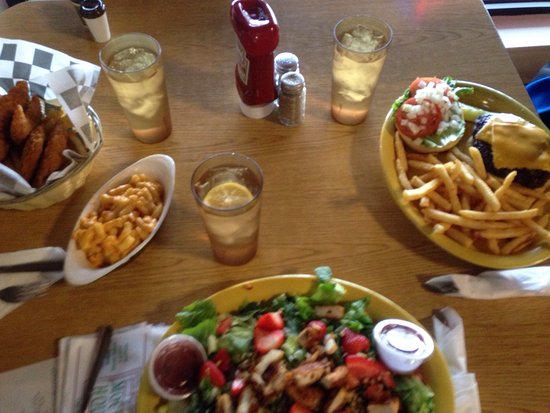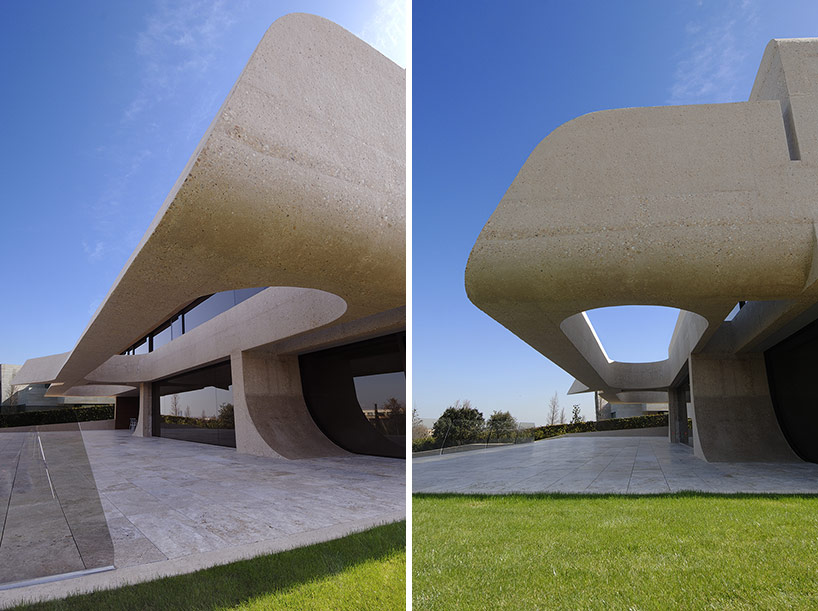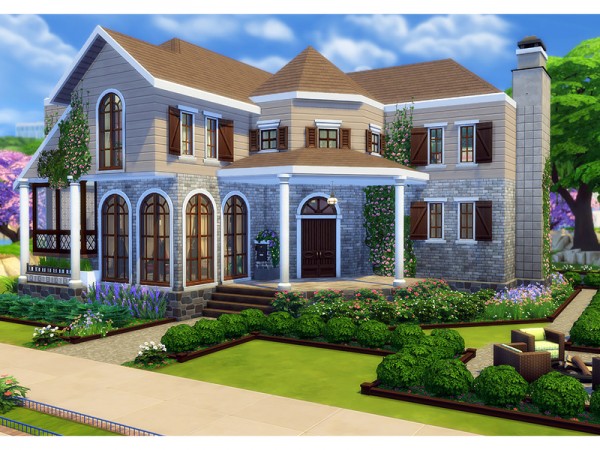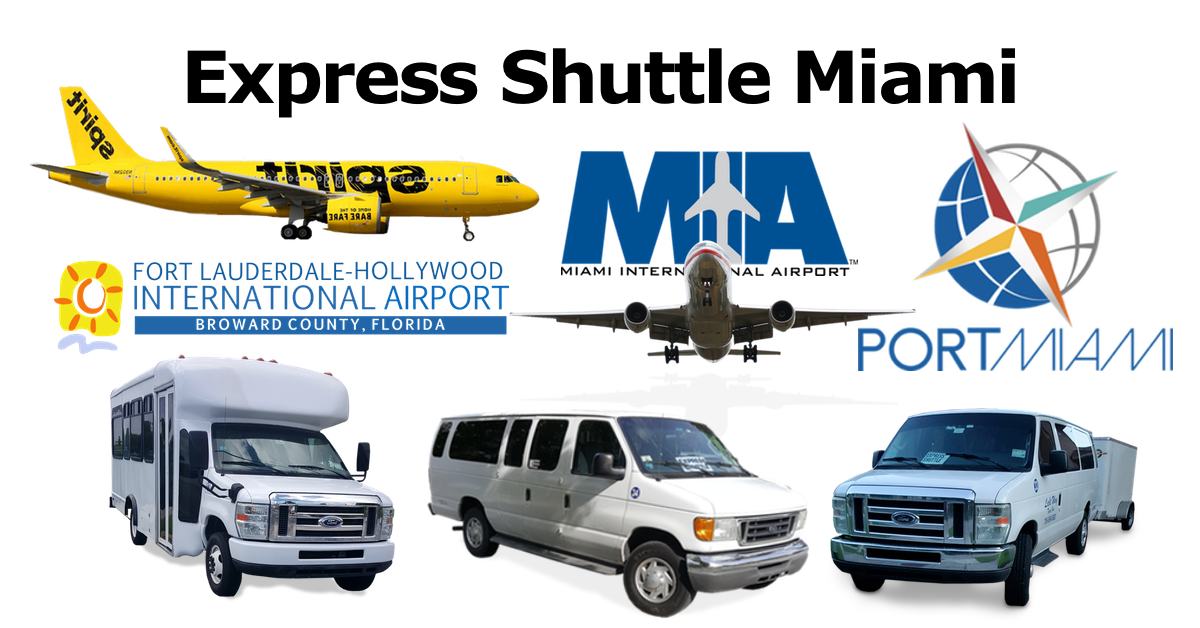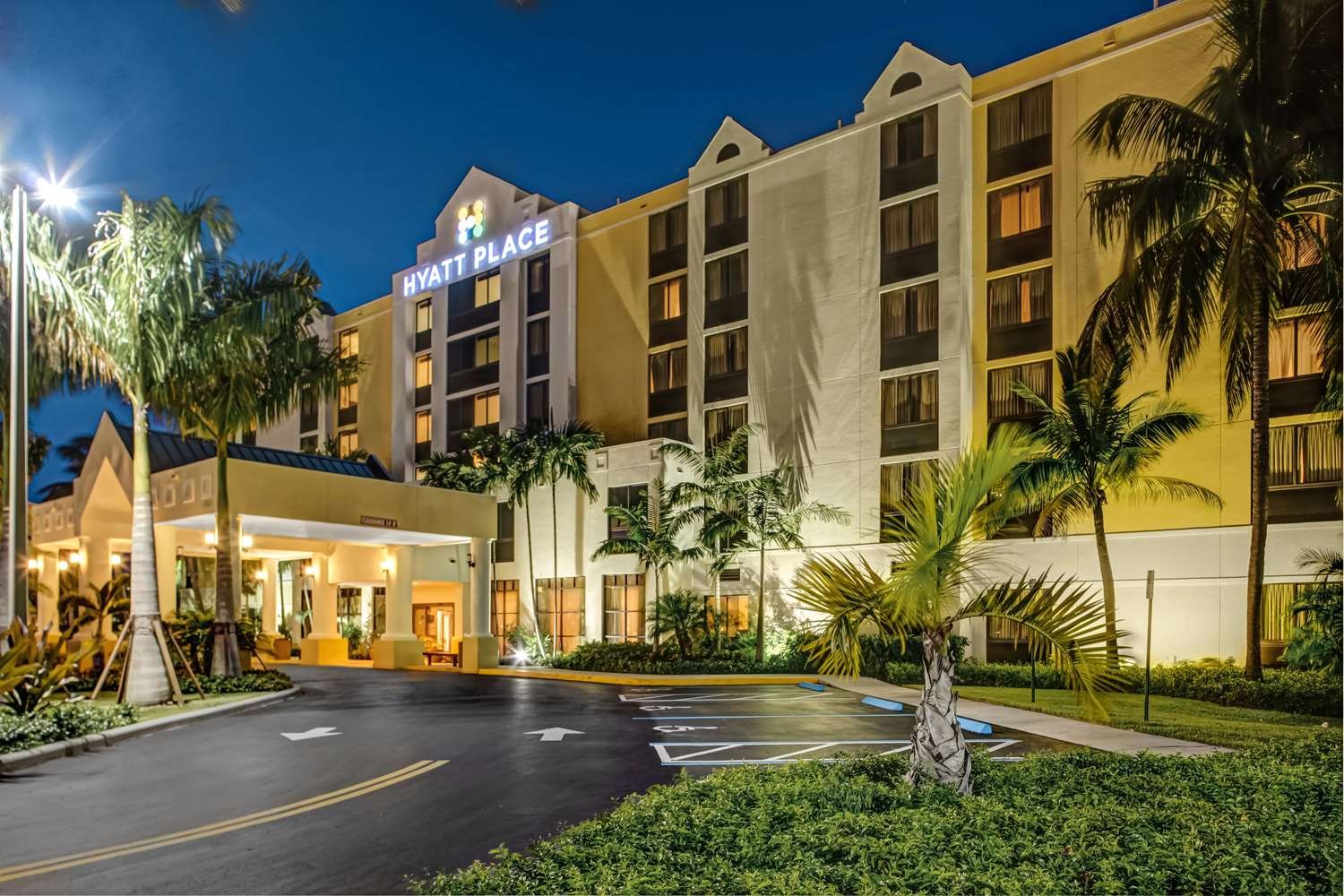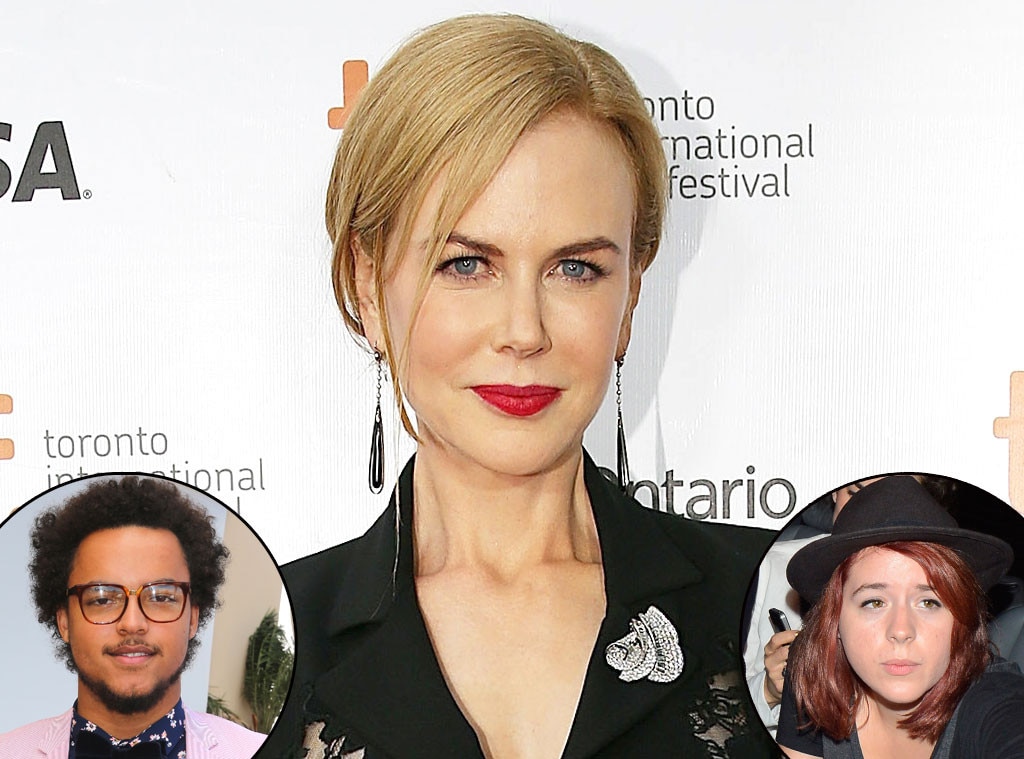Table Of Content
- How Uber Movement Uses Color to Explore Travel Time
- DriverLocationHT
- Search code, repositories, users, issues, pull requests...
- 7 How Does Uber Defines a Map Region?
- Designing the latest generation of Uber Navigation: maps built for ridesharing
- When the User request a Driver How it works?
- Accessibility and Inclusion

Marketing specialists are not always familiar with design tools like Figma; they mostly need PNGs. We built a super-fast internal website that pulls images directly from the Figma file, with search powered by keywords added to the original component. This way, even people who are not familiar with design software can access the assets they need. In 2018, we created a web React library and released it to the public as the Base Web open-source project. We called it “Base” because it focused on the basics, such as typography, color, grid, and iconography, as well as essential elements like buttons, lists, and controls. Today, it has become the UI framework for all our products.
How Uber Movement Uses Color to Explore Travel Time
Furthermore, the first one to have a robust and scalable foundation that makes possible design at scale. Inspired by a quote from Massimo Vignelli, the first spread layout starts with a different hierarchy set. We use a medium weight for both the principle and the body copy.
DriverLocationHT
This is a common question asked in system design interviews at top tech companies. There are many more common system design problems that your interviewers may ask you, such as designing TinyUrl. When new drivers enter their areas, we need to add a new customer/driver subscription dynamically. To do so, we track the area that a customer is watching.
Search code, repositories, users, issues, pull requests...
A variety of external factors like heavy traffic or road construction can impact travel time. After your trip starts, your app provides an ETA for when you should arrive at your destination. To repartition, we can create a cushion so that each grid grows beyond the limit before we decide to partition it.

I built a new Color Tokens & Semantics architecture from the ground up to scale to all Uber products including Rider, Driver, Eats, Freight, Jump, and more. This new architecture also opened the door to support light and dark mode on all apps. These are the top level categories, not including component specific ones. In our Styleguide app, we built an Accessibility testing tool that allowed us to test each component in different sizes, enunciate Voice Over/TalkBack, and test it in 5 different languages. Every component we built was tested against different text sizes, languages, and color contrast for light and dark modes. Personally, designing 77 Things has been a deeply rewarding experience.
Designing the latest generation of Uber Navigation: maps built for ridesharing

One of the main tasks of Uber service is to match the rider with cabs which means we need two different services in our architecture i.e. These services look for errant behaviors, actions that would not have been taken by legitimate users. Using our fraud-fighting technologies, we can, for instance, differentiate between actual trips and those created by GPS spoofing, or analyze how our apps are being used to reveal fraudsters. In these cases, a QuadTree is not ideal because we can’t guarantee the tree will be updated as quickly as our system requires. The QuadTree must be updated with every driver’s update so that the system only uses fresh data reflecting everyone’s current location.
So now we can easily filter the data which we need and also which belongs to that cell. That way we had a list of supplies available in all the cells and we can calculate ETA. Uber’s Base design system was created to promote a centralized library of reusable UI components for Designers and Engineers. A shared library often breaks this balance and slows down development, which in turn impairs the adoption of the library itself by the development team. It also makes very little sense to enforce a huge heavy library wherever a single component is needed (let’s not go into the tree-shaking debate).
Bit even lets you import each component’s source code into consuming projects to make changes and update the component (and its dependents) without context switching. It’s an ever-growing and ever-evolving source of truth for the basic parts from which your entire product experience is made of. The ultimate goal of our design platform is to make every designer a little better at thinking of everything in terms of systems — grids, typography, language, motion, accessibility, and so on. This allows everyone to design together, to learn from a common source, and to have a shared understanding of product quality across the company.
Preferred access (pick-up) point accuracy
From Light to Dark: The Story Behind Dark Mode on the Android Uber App - Uber
From Light to Dark: The Story Behind Dark Mode on the Android Uber App.
Posted: Thu, 05 Oct 2023 07:00:00 GMT [source]
The grid is typically used to organize content into horizontal sections, with each section consisting of a certain number of columns. For example, a section might be divided into three columns, allowing for a header, a main content area, and a sidebar.
Thinking on that, we use every single weight of the Uber move display and text fonts, in different body sizes. This is not the way we use Uber Move in our daily work, but this book is a great opportunity to show off the beautiful shape of our exclusive typeface. But ultimately, the master brand system helped us determine the right approach, and we felt it was inconsistent with our original thinking. Craft paper was not a material or texture that best represented the new Uber. This book would be the first artifact produced after the launch of our new visual identity system; it was imperative that it embodies the principles of the brand moving forward. The buttons are typically represented by a rectangular shape with rounded corners, which is a common design pattern in mobile app interfaces.
This time estimates how long nearby drivers should take to arrive at your pickup location. The popular smartphone app handles high traffic and complex data and systems. Uber enables customers to book affordable rides with drivers in their personal cars. The customers and drivers communicate using the Uber app. A component-library is basically a way to enforce a bunch of UI components across every app or app-part your team is building.
For example, a certain component (nav-bar, item etc) could have a relative size or margin compared the rest of the application. In different instances these variables might change, so it’s ok to leave some room to play. In today’s ecosystem, UI components can also function as UX components, combining the power to create both functional and visual consistency. It is the culmination of years of work; from unifying a centralized Design System team, to moving all platforms (web, iOS, and Android) to the same foundational elements. Base was the first DSL at Uber that made Accessibility and Inclusion a first class citizen.
NodeJS is the asynchronous and event-based framework that allows you to send and receive messages through WebSockets whenever you want. Assume Uber adds a new city to the system and now How can we handle the traffic for the newly added city? Now the newly added server’s responsibilities are unknown. MAPS ETA component(diagram 1) knows all the newly added servers sell IDs and based on that newly added cells distributed mong newly added servers.

